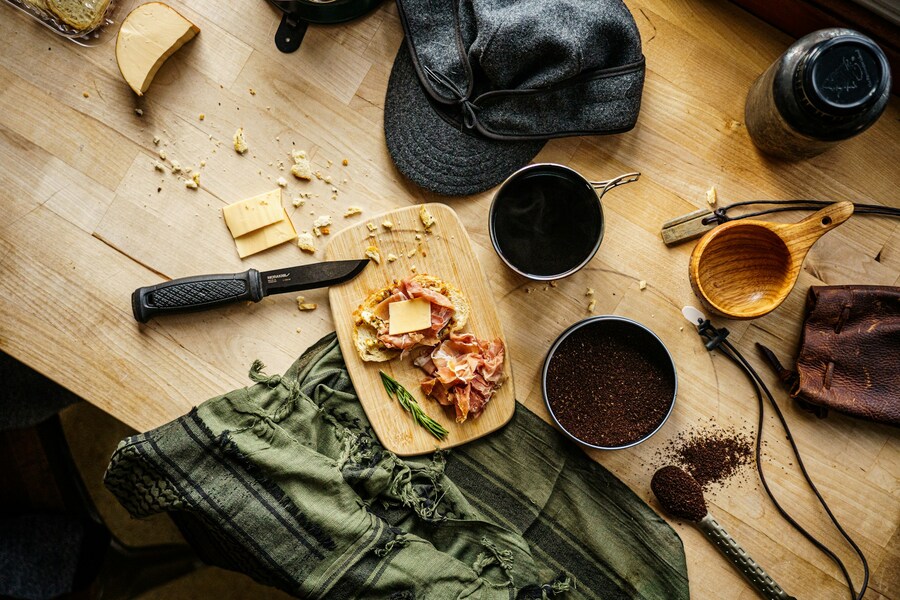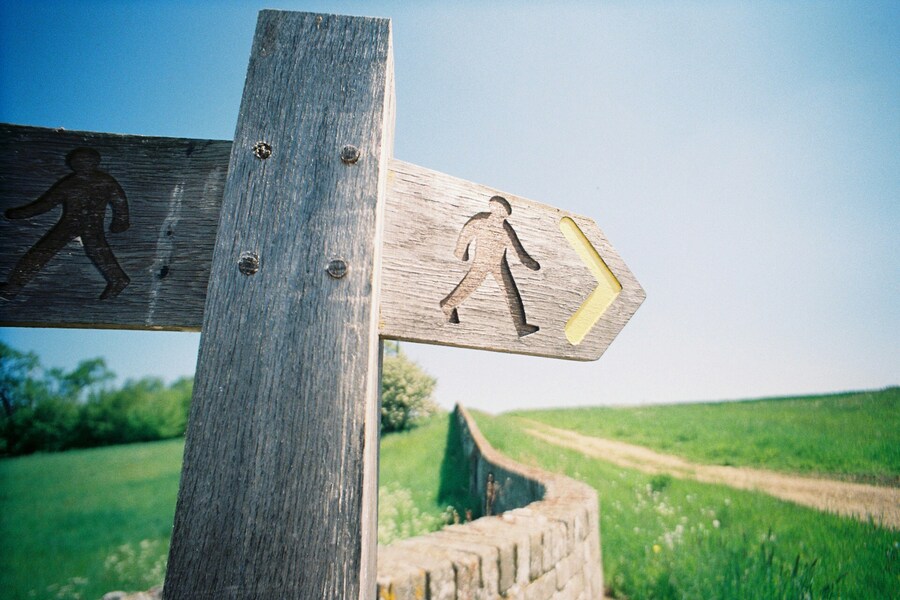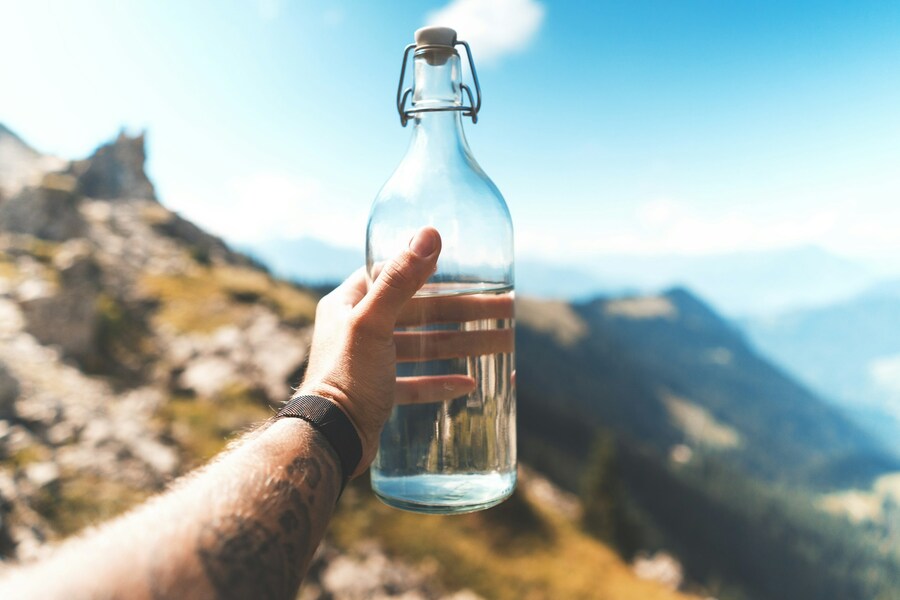The call of the wild, the whisper of the trails, the promise of breathtaking vistas – there's nothing quite like the allure of a walking adventure. Whether you envision a multi-day trek through a national park or a demanding hike up a local peak, the journey begins long before you set foot on the trail. The secret to a successful and enjoyable trip isn't just physical fitness; it's about meticulous preparation. A well-thought-out plan transforms a potentially daunting challenge into an unforgettable experience. It's the difference between marveling at a sunset from a mountain summit and nursing blisters back at your car. In a world of fast-paced travel, embracing the slower, more deliberate pace of walking offers a unique perspective and deep connection to your surroundings. From the gear you choose to the mindset you cultivate, every small step in your preparation builds a foundation for a grand, rewarding expedition. This travel guide will walk you through 5 essential tips to ensure you are not just ready, but truly prepared, to embark on your very first walking adventure. Let's get to it!
So, what essential steps will transform your first walk into an unforgettable adventure?

Source: Hybrid Storytellers/Unsplash
Getting ready for a walking adventure isn't just about stretching your legs; it's a whole experience for your body, mind, and spirit. Dive into prep with the same zest as the hike itself to boost your confidence and tackle the unexpected. Here are some tips to ensure a great journey!
1. Gear up and get ready
Before you can even take that first step, you must equip yourself properly. A common mistake for new walkers is to underestimate the importance of quality gear. This isn't about having the most expensive brands, but about having the right tools for the job. Start from the ground up: your boots are arguably the most critical piece of equipment you'll purchase. They must be comfortable, provide excellent ankle support, and be well-broken before your trip. A brand-new pair of boots on a long walk is a recipe for painful blisters that can derail your entire journey. Look for boots that are specifically designed for hiking, offering features like waterproof membranes and sturdy outsoles.
Next, focus on layering your clothing. A 3-layer system is a standard for a reason. The base layer, which should be made of moisture-wicking material like merino wool or a synthetic blend, pulls sweat away from your skin to keep you dry. Avoid cotton at all costs; it absorbs moisture and stays wet, leading to chafing and a significant drop in body temperature. The middle layer provides insulation and warmth. A fleece jacket or a down vest is an excellent choice here. Finally, the outer layer is your protection against the elements – wind, rain, or snow. A lightweight, waterproof, and breathable jacket is essential.
Don't forget the small but crucial items. A comfortable and well-fitting backpack is a must, with enough capacity to carry your essentials without feeling cumbersome. Look for one with adjustable straps and a hip belt to distribute weight evenly. Other vital items include a reliable map and compass (and knowing how to use them), a headlamp for early morning or late evening walks, and a basic first-aid kit. Consider any specific needs for your trip. For example, if you're traveling a long distance to your starting point, like a major national park, you might be looking into finding a good deal for airport parking for a week, and you could find yourself looking into options like those provided by our reservation system, ParkingNearAirports.io, which can offer a smooth and affordable transition from your car to your flight. The more you plan for the logistics of your journey, the more you can focus on the adventure itself once you've arrived.
2. Hit the trails for some practice
Physical preparation is non-negotiable for any walking adventure. Your body needs time to adapt to the demands of carrying a pack over uneven terrain for extended periods. The best way to train is by doing what you'll be doing on your trip: walking. Start with short, local walks and gradually increase the distance and difficulty. This is not about pushing yourself to exhaustion, but about building endurance and strengthening the specific muscles used in hiking. Incorporate hills and varied terrain into your training to simulate the conditions you'll encounter.
As you progress, start carrying your loaded backpack on your training walks. This allows your body to get used to the weight and helps you identify any points of discomfort with your pack or gear. Pay close attention to how your feet feel. This is a prime opportunity to break in those new boots and ensure they are a perfect fit. If you notice any hotspots or potential for blisters, you can address them now with proper sock combinations or moleskin before they become a problem on the trail. Consistency is key here. A few short walks a week, combined with one longer one on the weekend, is a great regimen to build a solid foundation. This phased approach minimizes the risk of injury and ensures you arrive at your starting point feeling strong and ready.
3. Conquer those hills

Source: Nick Page/Unsplash
Flat ground is one thing, but hills and mountains present a completely different challenge. The ability to tackle an incline efficiently and confidently is a skill that must be honed. During your training walks, actively seek out hills, stairs, or even a local sports stadium with bleachers. Practice walking up and down them. This strengthens your quadriceps, hamstrings, and calves – the muscle groups that will be doing the heavy lifting on a steep ascent or descent. Learn to use a rhythmic pace, finding a steady and sustainable rhythm that you can maintain for a long time. It's often more efficient to go at a slow, steady pace than to sprint and then need to stop to catch your breath.
Focus on your breathing. Inhaling and exhaling deeply and rhythmically helps to oxygenate your muscles and prevent fatigue. On a descent, a slightly bent knee can absorb some of the shock and save your joints. Using trekking poles can also be a game-changer, especially on steep or rocky terrain. They help to distribute your body weight, reduce the impact on your knees, and provide stability. If you're considering using them on your trip, practice with them during your training walks. By dedicating specific time to practice on inclines, you build the physical and mental fortitude to face the most challenging parts of your adventure with confidence and grace.
4. Grab some snacks and a water bottle
What you consume on the trail is as important as the gear you carry. Proper nutrition and hydration are the fuel that keeps you going, and neglecting them can lead to fatigue, headaches, and a general lack of enjoyment. Before you set out on your adventure, make sure you have a good supply of snacks and a water bottle. Pack a variety of calorie-dense, easy-to-eat snacks. Things like trail mix, energy bars, nuts, dried fruit, and jerky are excellent choices. They provide a quick boost of energy and are lightweight and easy to carry.
Hydration is even more critical. Carry a reusable water bottle or a hydration bladder and make sure it's full before you start. On longer trips, plan your route around available water sources and carry a water filter or purification tablets. Don't drink untreated water from streams or lakes; it can contain harmful bacteria. A general rule of thumb is to sip water regularly throughout your walk, rather than waiting until you feel thirsty. If you're looking to save money on your travel, you might look into an airport parking promotion you found online, or consider the overall airport car parking fees as part of your total trip budget. By planning ahead for all aspects of your journey, from parking to hydration, you ensure a smoother and more enjoyable experience from beginning to end.
5. Chill out and get pumped!
While physical preparation and proper gear are essential, your mental state is the final, and perhaps most important, piece of the puzzle. A walking adventure, especially your first one, is a test of will as much as it's a test of endurance. There'll be moments of doubt, discomfort, and fatigue. The ability to relax and get excited about the journey is what'll carry you through these challenging times. Embrace the experience for what it is – a unique opportunity to connect with nature, challenge yourself, and create lasting memories.
Take a moment to visualize your trip. Imagine the scenery, the feeling of the trail under your feet, the sense of accomplishment as you reach a viewpoint. This positive visualization can boost your motivation and reduce anxiety. Learn to listen to your body and be flexible. If you need to take a break, do so without guilt. Enjoy the quiet moments and the sounds of nature. Remember that it's not a race. The goal isn't just to finish, but to enjoy the process of walking. A relaxed mind is an open mind, ready to appreciate the beauty and solitude that a walking adventure offers.

Source: Marvin Meyer/Unsplash
Conclusion
Your first walking adventure marks an exciting milestone, a true passage into a world of exploration and self-discovery. By following these 5 essential tips, you've prepared for more than just a walk; you've set the stage for a profound experience. You've gathered the right gear, built your physical endurance, mastered skills on varied terrain, stocked up on the necessary fuel, and, most critically, cultivated a resilient and positive mindset. The path ahead is now open, filled with incredible sights, challenges, and triumphs. The hard work of preparation is behind you, and the real adventure is about to begin. So, lace up your boots, take a deep breath, and step onto the trail with unwavering confidence! The world is ready for you to explore it, one step at a time.






